10 Tips For Planting A Vegetable Garden
Growing your own vegetables can be incredibly satisfying. You get to feed your family fresh and healthy food and you get the positive feeling of accomplishment after working hard on your garden. Vegetable gardens take a lot of work and maintenance to flourish, so it’s important to understand the proper care tips before diving in. Here are 10 tips for planting a vegetable garden to get you started.
1. Plant Vegetables In Raised Garden Beds
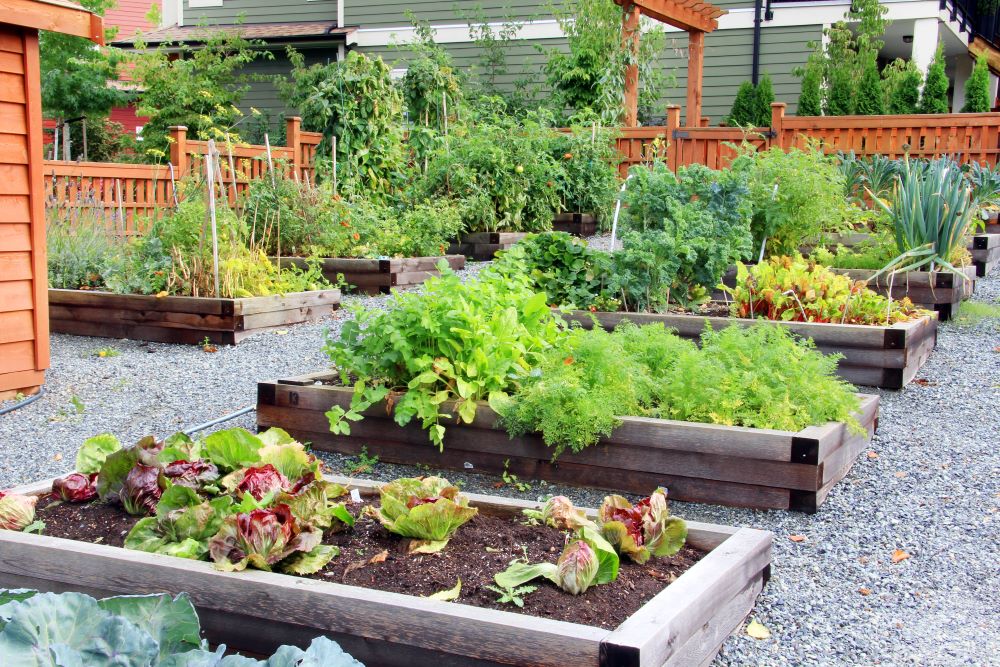
Deep layers of soil make the best growing conditions for a vegetable garden because it helps roots get more nutrients and water. This, in turn, results in substantial and exponential growth above the ground.
Raised garden beds are the quickest and simplest way to achieve those deep layers of soil for your vegetables to grow in. The soil in garden beds is about four times the amount of soil in a regular structured garden. If you’re looking for a strong way to grow your vegetables with easy maintenance, a raised garden bed is sensible choice.
You’ll spend less time with upkeep and maintenance in your raised garden bed because the plants are spaced more closely together. This makes them easier to water evenly, and it leaves little to no room for weeds to grow, reducing the time spent weeding your garden.
2. Plant Your Vegetables In An Area With 6-8 Hours Of Sunlight
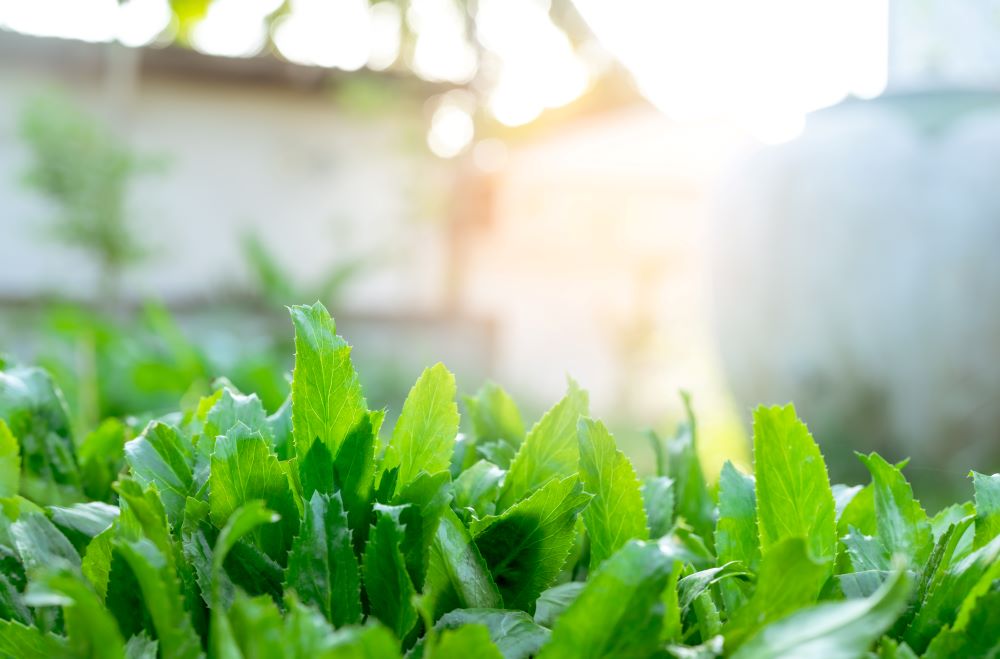
Sunlight is crucial to the growth and survival of your vegetable garden. It’s important to plan out a specific area of your yard before you even begin planting. Be strategic and considerate when it comes to choosing an area.
A successful vegetable garden should typically receive about six to eight hours of sunlight per day to thrive. Survey the areas of your yard for a span of several days to a week and take note of the weather patterns. See which areas of the yard seem to receive the most direct sunlight and which ones are typically shaded by trees or other circumstances.
Also pay attention to how each area of your yard is affected by wind patterns. Strong winds can hurt your plants and even dry them out. Plant your vegetables in an area that will be protected from strong winds, such as near a fence or near another sturdy structure.
3. Plant Vegetables In A Triangle Pattern
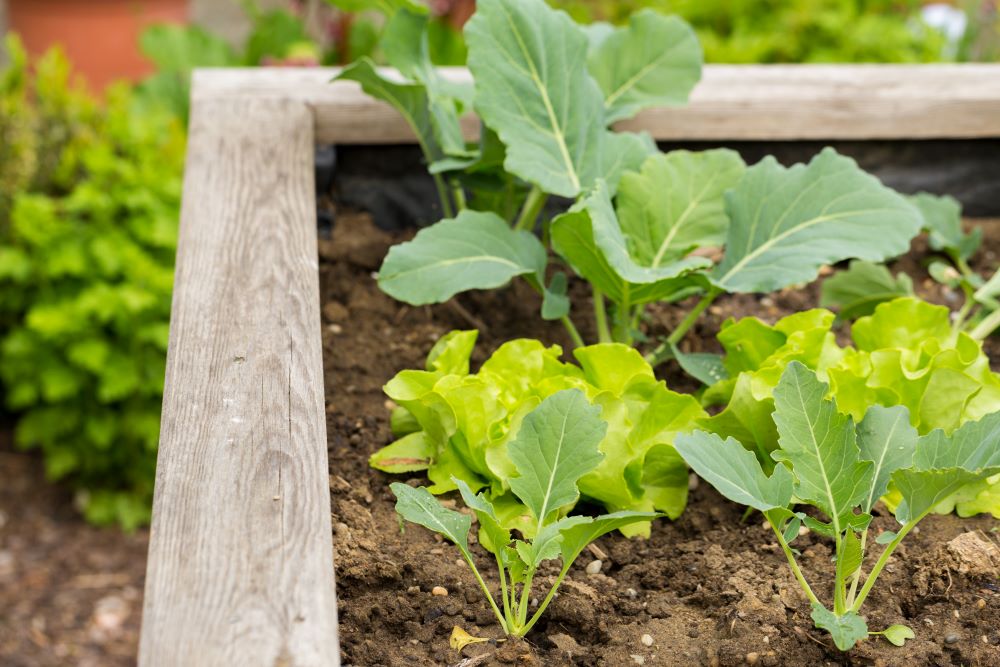
Planting patterns and spacing are huge factors in determining your vegetable garden’s success. By using a pattern and spacing strategy, you can grow even more and help your vegetables grow strong and healthy.
Instead of planting your vegetables in rows or in square patterns, arrange and stagger them in triangle patterns. This will help you save an adequate amount of space in your garden bed, allowing you to plant a lot more vegetables than a row or square would allow for.
Just make sure to leave a healthy amount of space in between each plant. If they are planted too closely together, they won’t be able to grow to their full size and they’ll be more susceptible to pest and insect infestation. Leave about eight to ten inches in between each plant for the best results.
4. Choose Only 4-5 Types Of Vegetables To Plant As A Beginner
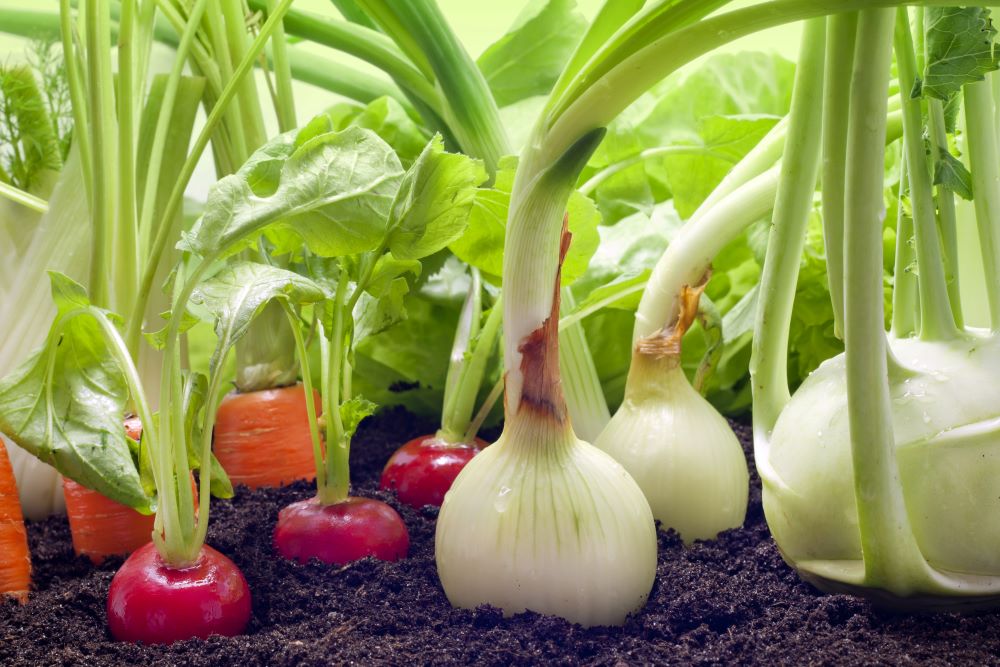
While it may sound exciting to jump in and plant a bunch of different vegetables, beginners shouldn’t go overboard. If you want to maintain a strong vegetable garden and plant with sufficient space in your garden, choose about four to five different types to plant.
Keep in mind that you should only choose vegetables that you and your family enjoy to eat. This probably sounds obvious; however, overly excited gardeners tend to plant the most fun and bright vegetables just for the visual aesthetic. But you don’t want to waste your crops; only plant vegetables that you will eat and use in your meals.
If you’re a beginner vegetable gardener, some of the easiest vegetables to grow include lettuce, spinach, cucumbers, carrots, bell peppers, tomatoes, and radishes.
5. Use Only Rich & Healthy Soil For Your Vegetables

Soil is the foundation for your vegetable garden, so you’ll want to make sure that foundation is healthy and strong. Planting with the highest quality of soil will result in a better harvest.
Healthy soil should be dark in color and crumbly in texture. If your soil doesn’t have the right texture or consistency, you can improve it over time. Adding compost to your soil will help it become stronger and healthier.
Make sure you prepare your soil before you begin planting. To prep, spread around the compost with a garden tiller, rake the surface, and water it evenly. Make sure you wait a few days before planting your vegetables to allow the compost to do its job.
6. Determine If You Want To Plant Vegetable Seeds Or Transplants

Before you jump into planting your vegetable garden, you have to decide if you want to plant seeds or buy transplants. Seeds are meant for starting a garden from scratch, while transplants are plants that are already slightly grown and can be replanted.
Benefits Of Seeds
- Buying and planting seeds is more cost effective than buying and planting transplants.
- There is a vast variety of seed types that are widely available and easily accessible.
- Growing a garden from seeds also comes with a little bit of pride; a full grown vegetable garden is satisfying to see after putting a lot of hard work into it.
Benefits Of Transplants
- Transplants are quicker and easier than seeds. They are ready to plant and take less time to grow to their full potential than seeds.
- Buying plants locally will assure you that they will do well in your zone and climate. Buying seeds requires a little more research.
- Transplants give you flexibility with planting times. You can buy a starting plant later in the season when it would be too late to plant seeds.
7. Stay On Top Of Watering Your Vegetable Garden
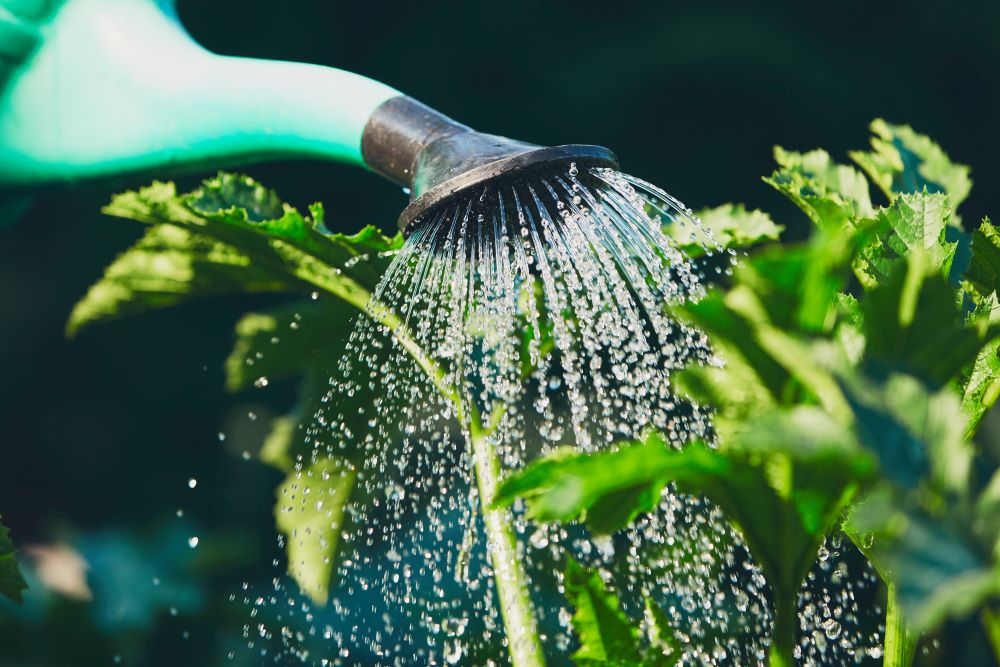
It’s highly important to water your garden appropriately to result in a successful vegetable garden. If you don’t water your garden properly, you can expect to see little to no growth. Too much water can also negatively affect your vegetables. In addition to these general watering instructions, make sure to follow the specific care instructions for the types of vegetables you planted.
When To Water Your Vegetable Garden
- When the soil is dry two inches beneath the surface.
- When your plants are overheated or wilting – but make sure to water in a timely matter to prevent this from happening.
- When your garden gets less than one inch of rain per week. Determine this by calculating the square footage of your garden and then calculate how much water your garden needs. As a starting point, one inch of rain in a 100 square foot garden equates to 62 gallons. Water accordingly based on how much it rains throughout the week.
Learn more about watering your vegetable garden and how to irrigate here.
8. Learn How To Keep Pests Out Of Your Vegetable Garden

It can be a challenge to keep pests out of your vegetable garden because they’re attracted to fresh and healthy plants. You’ll typically see various types of larvae and worms that look like caterpillars. They can quickly eat through and destroy your plants in just a span of days.
The first step in preventing pests is to do research on the types of vegetable crops that resist common pests in your specific location. Only plant the types of seeds based on your research to cut down on potential pests and keep your garden healthy. You can also choose to plant insect-repelling flowers and plants among your vegetable garden to effectively keep pests away.
Proper maintenance and upkeep is another huge factor in pest prevention and elimination. Make sure you remove weeds regularly, as weeds make perfect hiding spots for pests to linger. Also remove and kill pests as soon as you see them and make sure to prune and burn any infested leaves or branches. Try to avoid using pesticides as much as possible to protect the environment and to protect you and your family’s health as consumers.
9. Use Organic Mulch In Your Vegetable Garden To Insulate The Soil
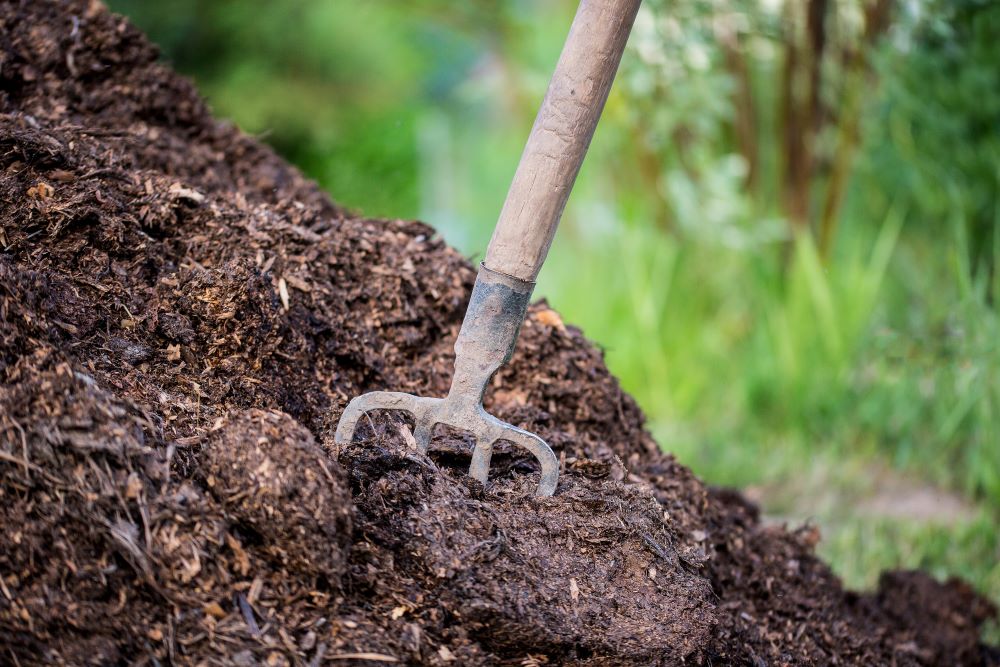
While healthy soil is highly crucial for assuring that your vegetable garden will thrive, the addition of mulch is also important for a successful crop. Mulch can help to suppress weeds, help the soil hold in moisture, and insulate the soil efficiently.
Make sure you choose an organic mulch that is free of any harmful chemicals or ingredients. These chemicals can be especially detrimental in a vegetable garden because you are growing fresh food that you and your family are going to eventually consume.
After you’ve planted your vegetable garden, add about a three inch layer of mulch. The mulch should be spread around your plants and on top of your irrigation lines.
10. Learn When & How To Harvest Your Vegetables
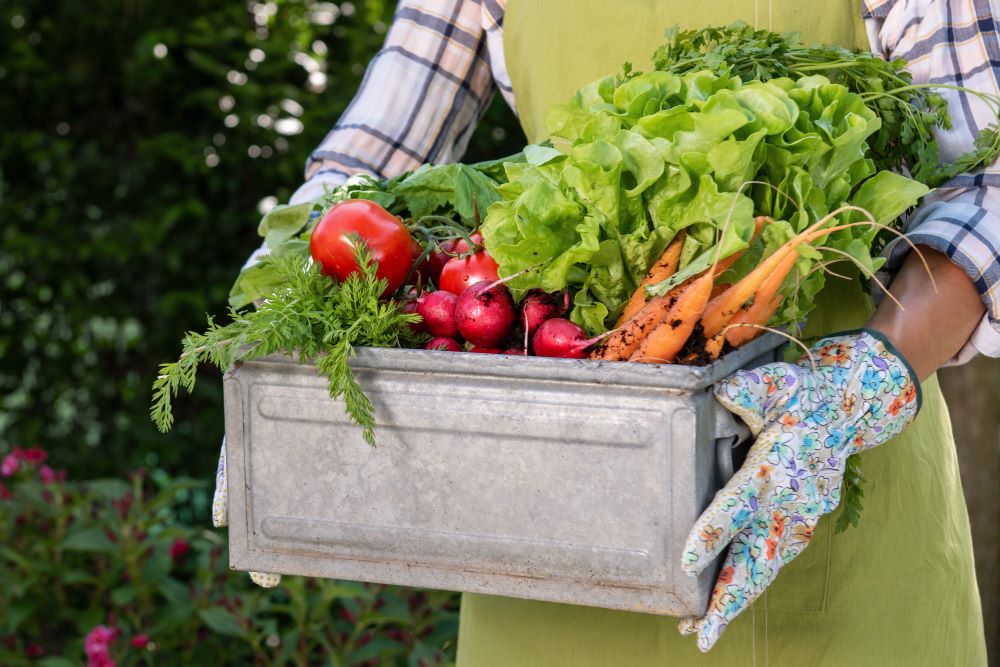
Harvesting time and technique can vary depending on the types of vegetables you planted. It’s important that you conduct research on the types of vegetables you’re growing to understand when they’re ripe and ready to gather. Some vegetables are ready to be removed before they’re fully ripened, while others need to be fully developed.
When gathering your crops, make sure to be careful to not damage or disturb any of the plants. Don’t step on vines and only harvest vegetables when the soil is dry to prevent diseases from developing. Be cautious when removing ripe vegetables; if they aren’t easy to remove, cut them with a knife to avoid damage.
Check out this list of vegetable harvest times to learn more about when to harvest specific types of vegetables.
Want to grow other beautiful greenery among your vegetable garden? Check out our selection of live plants and flowers to refresh your garden and home!
Learn even more about planting a vegetable garden. Here are more Vegetable Gardening Tips!







Hi Laura! I like your blog so much. I love to do gardening during my free time. And the
10 tips for planting a vegetable garden you have given are very useful for me. Thanks for writing.